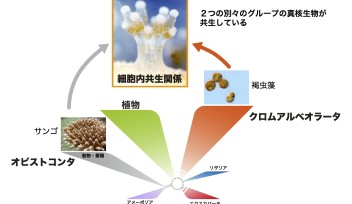Consequences of losing XRN1 from the forebrain in mice

In the study, scientists created mutant mice without XRN1 in the forebrain. XRN1 is a protein that plays a crucial role in degrading mRNA. The scientists found that production of AgRP, an appetite-stimulating molecule, increased in the hypothalamus of the mutant mice. Levels of leptin, insulin and glucose also increased within the blood, and the mice were unable to effectively use fat as an energy source. The mutant mice also had an extreme appetite, leading to obesity.
In a new study published in iScience, researchers created mutant mice without XRN1 in the forebrain. XRN1 is a protein that plays a crucial role in degrading mRNA. The scientists found that production of AgRP, an appetite-stimulating molecule, increased in the hypothalamus of the mutant mice. Levels of leptin, insulin and glucose also increased within the blood, and the mice were unable to effectively use fat as an energy source. The mutant mice also had an extreme appetite, leading to obesity. This image first appeared in the press release “Key protein linked to appetite and obesity in mice.”
Copyright OIST (Okinawa Institute of Science and Technology Graduate University, 沖縄科学技術大学院大学). Creative Commons Attribution 4.0 International License (CC BY 4.0).
Tags














